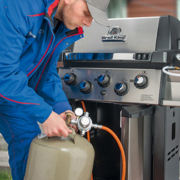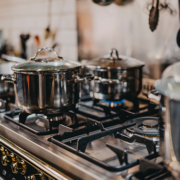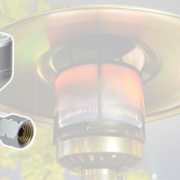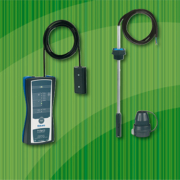Does the gas have to be discharged out of the line before releasing the OPSO (SAV)?
If the OPSO (SAV) of the pressure regulator has responded, you must discharge at least as much LPG from the line so that the pressure in the line is under the response pressure of the OPSO.
In previous articles on the OPSO (Over-Pressure Shut Off), previously referred to as the safety shut-off valve SAV, we have explained how it works and how you can release it again. But what if the OPSO cannot be released after it has responded?
Still under pressure
One cause may be that the line has not been vented. That is why the pressure at the outlet of the pressure regulator is still too high – above the response pressure of the OPSO. Attempting to release the OPSO although the pressure in the line has not changed is roughly as if you were trying to acknowledge the smoke detector although thick smoke is still suspended in the air.
In the respective assembly and operating manual, you will find the steps to put the OPSO back into operation. Below is a brief extract:
- Close the gas withdrawal valve of the tank or cylinder
- Vent the pressure regulator – e.g. release the outlet connection
Ensure an exchange of air
When venting the line, please ensure that the rooms are well ventilated. For tank regulators, this is the case anyway when they are installed outdoors. If the pressure regulator is indoors, you must ensure that the room is well ventilated before the line is vented so that no LPG can accumulate.
Before restarting the LPG system, it must be checked for leaks.
Please observe our note that the work on the system described above may only be carried out by a qualified person.




